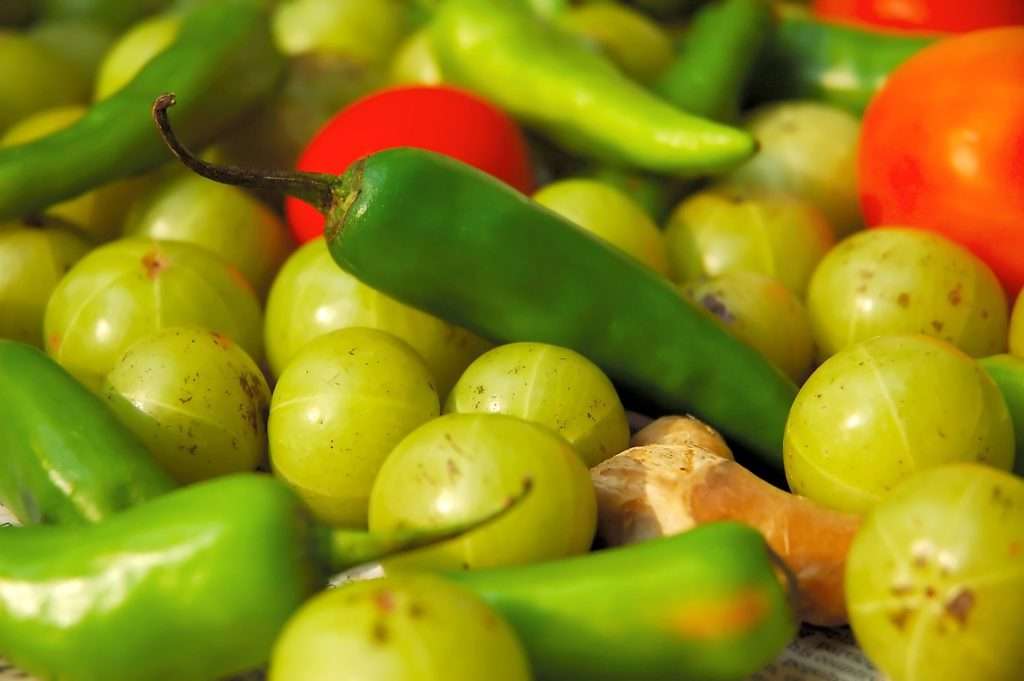In the realm of dietary preferences and health-conscious eating, the quest for low-carbohydrate foods has gained significant traction. For individuals adhering to a low-carb or ketogenic diet, understanding and identifying foods with 0 carbohydrates are pivotal for meal planning and maintaining dietary goals.
These foods—ranging from animal-based proteins to select vegetables, beverages, and cooking ingredients—serve as cornerstones for those aiming to minimize carbohydrate intake. Pursuing foods with zero carbs extends beyond mere dietary restriction, symbolizing a deliberate choice towards a balanced, nutrient-rich lifestyle.
What are Carbohydrates and Their Impact on Diets?
Carbohydrates serve as a primary source of energy for the body. However, certain dietary regimens, like low-carb diets, focus on minimizing carbohydrate intake to induce ketosis—a metabolic state where the body burns fat for energy.
Benefits
- Aid in Weight Management: Lower-carb diets often contribute to weight loss by reducing overall calorie intake and regulating blood sugar levels.
- Satiety and Hunger Control: Foods with 0 carbohydrates, particularly those rich in protein and healthy fats, promote a feeling of fullness and can help curb hunger cravings, aiding in weight management.
- Stabilized Blood Sugar Levels: Lower-carb diets, including foods with minimal carbohydrates, may contribute to stabilized blood sugar levels, beneficial for individuals with diabetes or insulin resistance.
Foods with 0 Carbs
- Certain Beverages and Herbal Teas: Beyond water and unsweetened tea, herbal teas like peppermint, chamomile, and green tea often contain negligible carbohydrates and provide hydration and antioxidants without affecting carb intake.
- Mushrooms: Many varieties of mushrooms, such as portobello, shiitake, and oyster mushrooms, are extremely low in carbohydrates. They offer a savory addition to meals while providing essential nutrients like vitamins and minerals.
Foods with 0 Carbohydrates: Exploring Options
- Meat and Poultry: Unprocessed meats, such as beef, chicken, turkey, and pork, typically contain negligible carbohydrates. Opting for lean cuts ensures minimal carbs and a good protein source.

- Fish and Seafood: Most fish and seafood have zero carbohydrates. From salmon to shrimp and sardines, these protein-rich options offer healthful fats like omega-3s while being carb-free.
- Eggs: Eggs are a versatile staple that contains almost no carbs. They’re an excellent source of protein and healthy fats, making them a popular choice for low-carb diets.
- Certain Dairy Products: Some dairy products like butter, certain cheeses (such as cheddar, feta, or mozzarella), and heavy cream are low in carbohydrates or contain none at all.
- Specific Oils and Fats: Oils like olive oil, coconut oil, and avocado oil, as well as butter, are carb-free and can be used for cooking or dressing foods.
Zero-carb condiments and Flavorings
- Vinegar: Most types of vinegar, including apple cider vinegar, white vinegar, and red wine vinegar, contain negligible amounts of carbohydrates. These can be used in dressings, marinades, or flavor enhancers without impacting carb intake.
- Mustard and Hot Sauce: Many mustard varieties and hot sauces are very low in carbs and can add zest and flavor to dishes without contributing significantly to carbohydrate consumption.
Implementing a Unique Learning System: The Way Forward
- Embracing Remote and Hybrid Learning: Leveraging technology to support remote and hybrid learning models allows for flexibility and accessibility, catering to diverse student needs and circumstances.
- Creating Learning Pathways for Skill Specialization: Offering personalized pathways that enable students to specialize in specific skills or fields of interest prepares them for specialized careers or further educational pursuits.
Practical Tips for Incorporating 0-Carb Foods
- Exploring Recipes: Numerous recipes cater to low-carb diets, utilizing foods with 0 carbohydrates creatively. From salads to stir-fries and omelets, experimenting with these ingredients can yield delicious and satisfying meals.

- Meal Prepping: Planning and preparing meals in advance helps maintain a consistent low-carb intake. Preparing snacks and meals using foods with 0 carbohydrates ensures dietary adherence throughout the week.
The Importance of Monitoring Total Dietary Intake
- Tracking Macros: While focusing on foods with 0 carbohydrates is essential, it’s equally crucial to track overall macronutrient intake. Balancing protein, fat, and carbs ensures a well-rounded diet.
- Individual Tolerance: Some individuals may react differently to certain foods, even those with 0 carbohydrates. Paying attention to personal responses to specific foods aids in optimizing dietary choices.
Incorporating Foods with 0 Carbohydrates into Your Diet
- Meal Planning: Creating meals centered around foods with 0 carbohydrates requires thoughtful planning. Incorporating a variety of these foods ensures a balanced and satisfying diet.
- Reading Labels: While many foods naturally contain no carbs, checking labels on packaged items is essential to confirm their carbohydrate content, especially for processed or flavored products.
Considerations and Cautionary Notes
- Nutritional Diversity: While foods with 0 carbohydrates offer benefits, it’s crucial to ensure a diverse intake of nutrients. Incorporating a variety of food groups ensures a balanced and comprehensive nutritional profile.

- Individual Health Factors: Consulting a healthcare professional before adopting a significant dietary change is essential, especially for individuals with specific health conditions or dietary requirements.
Conclusion
The significance of foods with 0 carbohydrates extends beyond mere carb counts. These options not only align with specific dietary preferences but also offer a spectrum of benefits—from supporting weight management and stabilizing blood sugar levels to potentially enhancing mental clarity and reducing inflammation within the body.
However, while focusing on foods devoid of carbohydrates provides an excellent framework for dietary planning, it remains pivotal to approach dietary choices with a holistic perspective. Balancing macronutrients, incorporating micronutrient-rich foods, staying hydrated, and considering ethical and sustainable sourcing are integral aspects of cultivating a well-rounded and nourishing dietary lifestyle.


